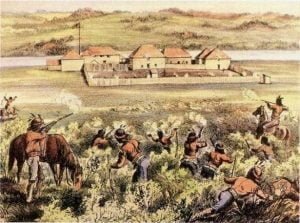Understanding the 1910 Census Questions
Under the provisions of the census act of July 2, 1909, the thirteenth census was administered. In accordance with the provisions of the act, general population and Indian population schedules were prepared. The schedules used for Hawaii and Puerto Rico, although similar to the general population schedule, differed slightly from those used within the United States. Census enumerators began canvassing the Nation on April 15, 1910. The law gave census takers 2 weeks to complete their work in cities of 5,000 inhabitants or more, while enumerators in smaller and rural areas were allotted 30 days to complete their task. 1910 … Read more

